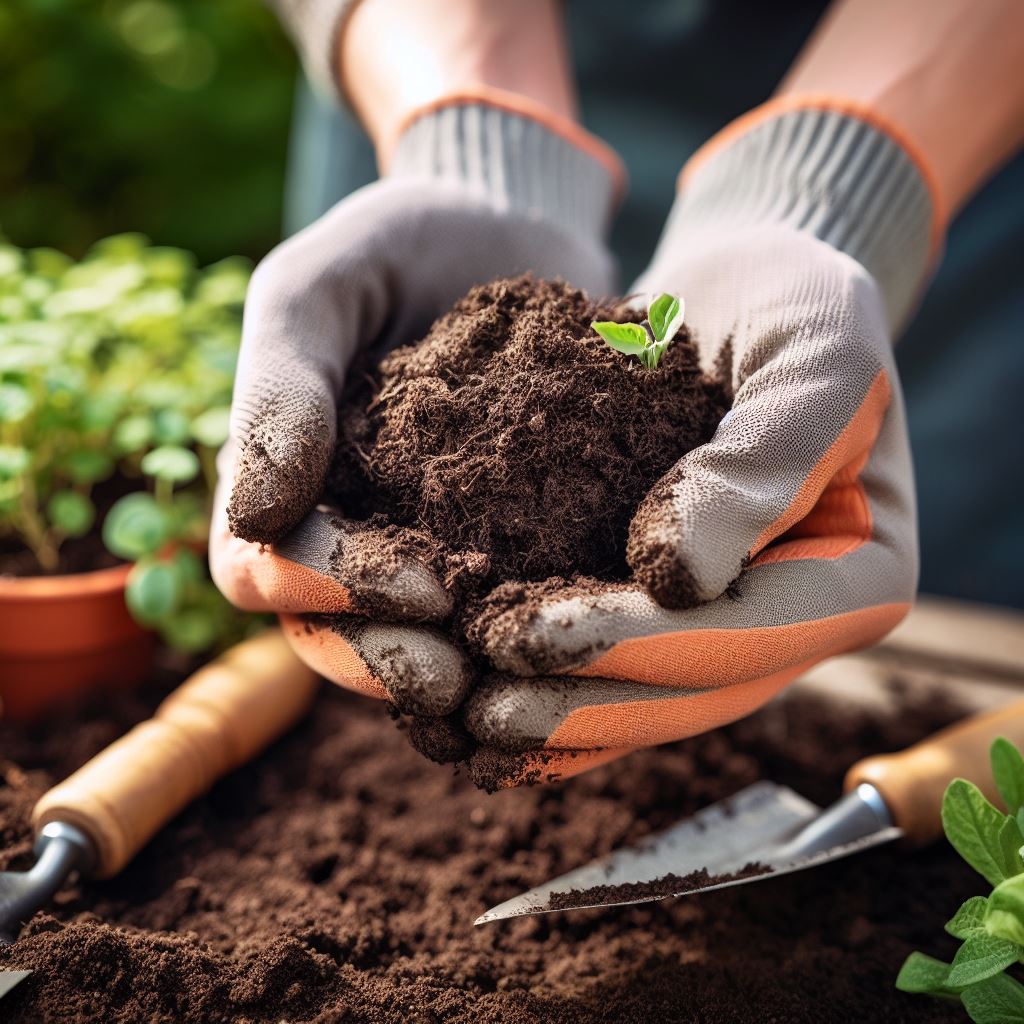
Understanding Alkaline Soil
Alkaline soil, also known as high-pH soil, is characterized by a pH level above 7.0. This type of soil is commonly found in arid regions and areas with high limestone content. Alkaline soil can pose challenges for gardeners as it affects nutrient availability and can lead to nutrient deficiencies in plants.
Testing Soil pH
Before taking any corrective measures, it’s important to determine the pH level of your soil. You can easily test your soil pH using a soil testing kit or by sending a sample to a local agricultural extension office. This will provide you with valuable information about the acidity or alkalinity of your soil.
Causes of Alkaline Soil
Alkaline soil can occur naturally in certain regions, but it can also be influenced by human activities. Some common causes of alkaline soil include:
- High limestone content in the soil
- Overuse of alkaline fertilizers
- Excessive irrigation with alkaline water
- Leaching of alkaline salts from nearby concrete or building materials
Read more: How to Make Nitrogen Fertilizer at Home
Methods to Lower pH Levels
Lowering the pH level of alkaline soil can be achieved through various methods. Here are some effective techniques:
1. Organic Matter
Adding organic matter, such as compost or well-rotted manure, can help lower the pH of alkaline soil over time. Organic matter improves soil structure and enhances nutrient availability for plants. Incorporate a generous amount of organic matter into the soil before planting, and continue to add it as a top dressing throughout the growing season.
2. Sulfur
Sulfur is a commonly used amendment to lower pH levels in alkaline soil. It reacts with the soil to form sulfuric acid, which helps neutralize alkalinity. Apply elemental sulfur according to the recommended rates and incorporate it into the soil. It’s important to note that sulfur takes time to break down and lower the pH, so be patient and retest the soil periodically to monitor progress.
3. Acidifying Fertilizers
Certain fertilizers, such as ammonium sulfate or ammonium nitrate, have an acidifying effect on the soil. These fertilizers release acidic compounds as they break down, helping to lower the pH level. Use them sparingly and follow the instructions on the packaging to avoid over-fertilization. It’s important to note that excessive use of these fertilizers can lead to nutrient imbalances, so it’s best to use them in conjunction with other methods.
4. Acidic Mulches
Applying acidic mulches, such as pine needles or oak leaves, can gradually lower the pH of alkaline soil. As these mulches decompose, they release organic acids that help acidify the soil. Spread a layer of acidic mulch around your plants, taking care not to suffocate them. Mulching also helps conserve moisture and suppress weed growth, providing additional benefits to your garden.
5. Raised Beds
Creating raised beds with acidic soil mixtures is an effective way to grow plants that prefer lower pH levels. Fill the raised beds with a combination of peat moss, compost, and acidic soil amendments to provide an ideal growing environment. Raised beds also improve drainage and allow for better control over soil conditions.
Read more: How to Make Organic Magnesium Fertilizer at Home
Choosing Acid-Loving Plants
If you’re dealing with persistent alkaline soil, consider selecting plants that are naturally tolerant of higher pH levels. Some acid-loving plants that thrive in alkaline soil include:
| Plant | Preferred pH Range |
|---|---|
| Azaleas | 4.5-6.0 |
| Rhododendrons | 4.5-6.0 |
| Blueberries | 4.0-5.0 |
| Hydrangeas | 5.0-6.0 |
By selecting plants that are naturally adapted to alkaline soil conditions, you can minimize the impact of high pH levels on your garden.
Frequently Asked Questions
Q: How can I determine if my soil is alkaline?
A: You can test your soil pH using a soil testing kit or by sending a sample to a local agricultural extension office. These tests will provide you with accurate information about the acidity or alkalinity of your soil.
Q: Can I use vinegar to lower the pH of alkaline soil?
A: While vinegar is acidic, it is not recommended for lowering the pH of alkaline soil. Vinegar is a weak acid and may not be effective in significantly reducing the pH level. It’s best to use proven methods such as sulfur or acidifying fertilizers.
Q: How long does it take to lower the pH of alkaline soil?
A: Lowering the pH of alkaline soil is a gradual process that can take several months to years, depending on the severity of the alkalinity and the methods used. Regular monitoring and consistent application of amendments will help achieve the desired pH level over time.
Q: Can I grow vegetables in alkaline soil?
A: While some vegetables can tolerate slightly alkaline soil, many prefer a more neutral to slightly acidic pH. It’s best to amend the soil and create a more suitable environment for vegetable growth. Raised beds with amended soil can be particularly effective for growing vegetables in alkaline soil.
Conclusion
Dealing with alkaline soil requires understanding its causes and implementing appropriate measures to lower pH levels. By testing your soil, adding organic matter, using sulfur or acidifying fertilizers, and selecting acid-loving plants, you can create a more suitable environment for your garden to thrive. Remember to monitor the pH levels regularly and make adjustments as needed to maintain optimal growing conditions for your plants.




